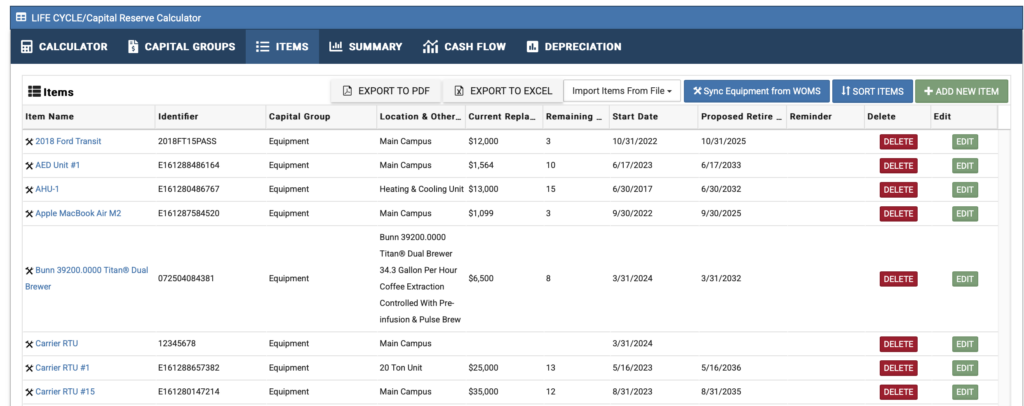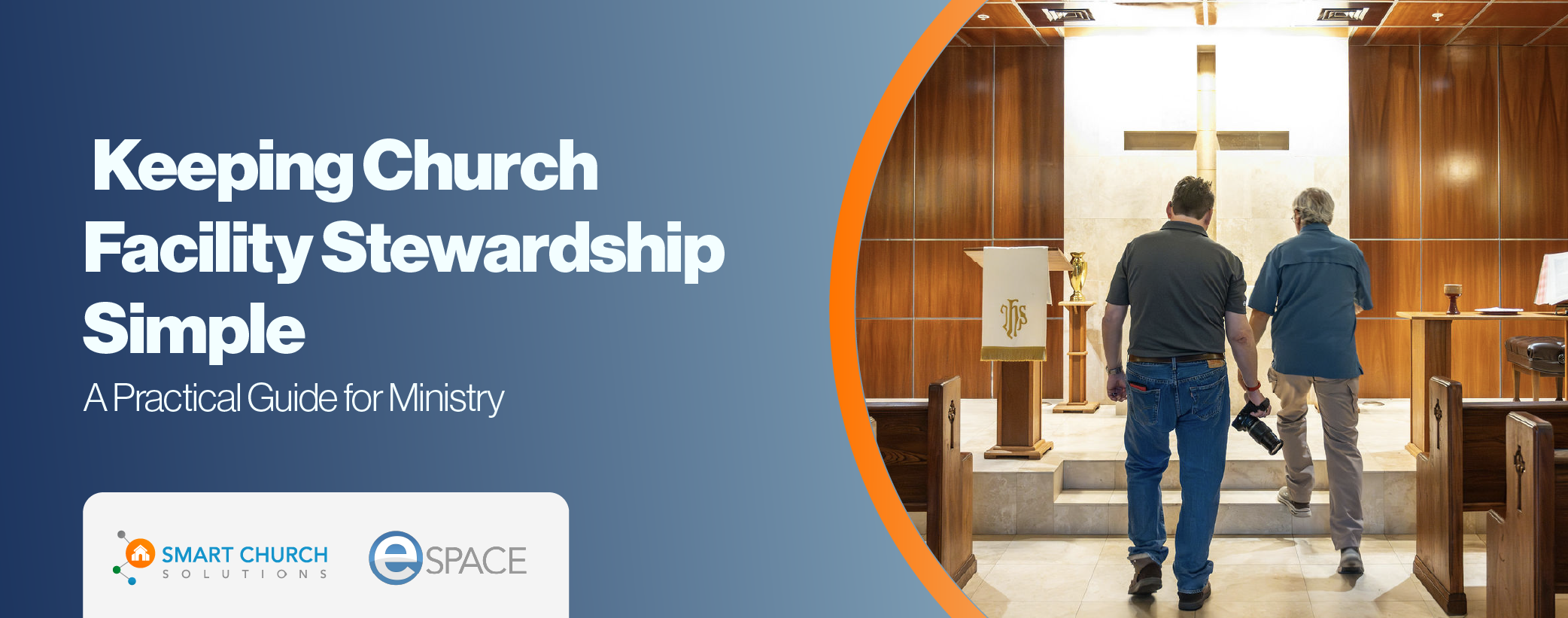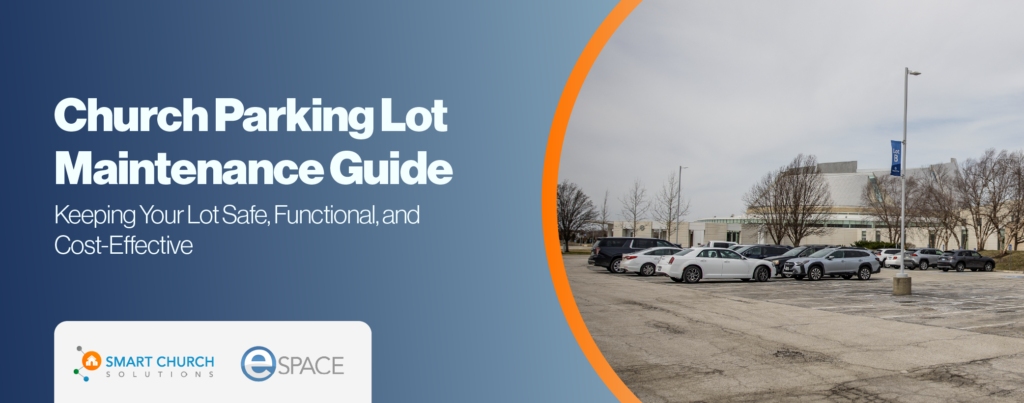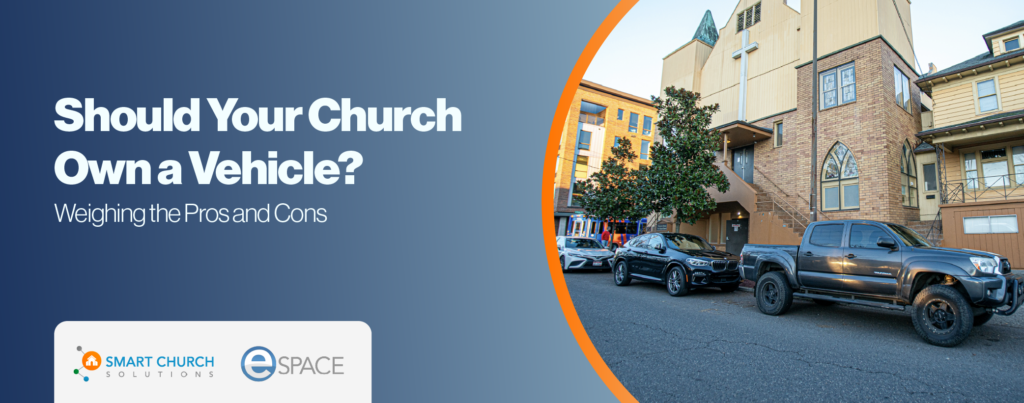Stewardship of a church’s facilities should never be complicated. In fact, the more straightforward and intentional we are about managing our spaces, the more we free up time, energy, and resources for what truly matters: ministry.
Facility stewardship is more than just maintenance—it’s a reflection of our calling to care for what God has entrusted to us. Yet, too often, church facility management becomes reactive, disorganized, or burdened by complexity. It doesn’t have to be that way.
By embracing a few key principles, involving the right people, and using the best tools, we can simplify facility stewardship while keeping it mission-driven and ministry-focused. Let’s explore practical ways to manage church facilities with clarity, purpose, and ease.
1. Keep Your Vision at the Center
Church facilities are more than just buildings—they’re tools for ministry. When we view facility stewardship through the lens of our church’s mission, maintenance stops feeling like a burden and starts becoming an integral part of serving God’s people.
A church focused on outreach, for example, will prioritize clean, accessible spaces that make guests feel welcome. A discipleship-driven church may invest in well-maintained classrooms and gathering areas. By aligning facility management with your vision, every decision—whether it’s budgeting for repairs or planning renovations—becomes a strategic step toward fulfilling your mission.
Keeping your vision at the center ensures that stewardship is not just about upkeep but about creating spaces that actively support and enhance ministry.
2. Create a Simple, Repeatable Maintenance Plan
Churches are dynamic places. The constant ebb and flow of people, activities, and programs can easily lead to wear and tear. The most effective way to stay ahead of the inevitable deterioration of facilities is through a simple, repeatable maintenance plan.
A maintenance plan doesn’t need to be elaborate, but it does need to be intentional. It should cover basic areas like HVAC systems, electrical components, plumbing, lighting, and grounds. Regular inspections and preventive maintenance tasks are key to avoiding costly repairs down the line. The goal is to stay ahead of issues before they become emergencies.
Here’s the secret: it doesn’t all have to happen at once. Break down tasks into manageable, scheduled segments. This way, you’ll avoid feeling overwhelmed, and your facility will remain in good working order without constant surprises. Keep it simple, stick to the basics, and follow through on routine care. You’ll thank yourself later.
3. Leverage Technology for Efficiency
We live in a world where technology can simplify many of the tasks we once did manually. Church facility management is no exception. By embracing tools like eSPACE or other facility management software tools, you can streamline processes, manage work orders, and even track energy usage more efficiently.
For instance, Smart Church Solutions’ eSPACE software allows you to manage work orders in a way that avoids the chaos of forgotten tasks or missed communications. When someone reports a broken light or a leaking faucet, it can be logged, tracked, and assigned to the appropriate person. No more verbal requests getting lost or maintenance requests falling through the cracks. Everything is documented, and you know exactly where each task stands.
Beyond task management, technology helps with energy efficiency. Smart scheduling systems allow you to automatically control HVAC systems based on room usage, ensuring you’re not wasting resources when rooms are empty, or to engage your door access systems based on scheduled events. These systems are simple to set up, and the savings can be significant over time.
4. Empower Volunteers with Clear Roles and Expectations
Volunteers play a vital role in church facility stewardship, but without clear direction, their efforts can quickly become frustrating or unsustainable. The key is to provide structure, clarity, and a sense of ownership.
Instead of asking one person to “take care of the building,” break tasks into manageable roles. Assign someone to monitor HVAC systems, another to oversee landscaping, and someone else to check lighting or flooring conditions. Matching volunteers with specific tasks that align with their skills ensures efficiency and prevents burnout.
Clear communication and training are just as important as delegation. Volunteers should understand their responsibilities, have access to the right tools, and feel supported by church leadership. Providing checklists or a simple volunteer handbook can help them feel confident in their roles, turning facility care into a shared, sustainable effort.
5. Budget for the Long Haul
If you want to keep facility management simple, you need a realistic budget. Too often, churches run into financial crises because they didn’t plan for the inevitable: roofs leak, HVAC systems fail, and parking lots need repaving. The secret to avoiding these unexpected costs is to create a budget that accounts for both day-to-day maintenance and long-term capital expenses.
The key here is understanding the life cycle of your building’s major systems. Know when your roof is due for replacement, when your HVAC system will likely need an upgrade, and how long your flooring will last. Once you have a handle on the life cycle of your building components, you can allocate funds accordingly, spreading out the financial burden over time.
It’s also critical to maintain an emergency fund for those unplanned expenses that inevitably pop up. Planning for the long haul isn’t just about preventing crises—it’s about ensuring your building continues to serve your ministry well into the future.

6. Address Energy Efficiency and Sustainability
Energy efficiency and sustainability aren’t just buzzwords—they’re part of being responsible with the resources God has given us. There are practical, simple ways churches can reduce their environmental footprint and cut costs at the same time.
Upgrading to LED lighting, installing programmable thermostats, and regularly maintaining your HVAC system are low-hanging fruits when it comes to energy savings. While some projects might require an initial investment, the long-term benefits—both financially and environmentally—are worth it.
Churches can also reduce waste by implementing recycling programs and digitizing communications to reduce paper use. These small steps not only align with good stewardship principles but also send a positive message to the congregation and the community about caring for God’s creation.
7. Seek Help When Needed
You don’t have to do this alone. Managing a church facility doesn’t mean you need to be an expert in HVAC systems or roofing. There are professionals who specialize in church facility management, and they can help you simplify the process.
Whether it’s a facility management consultant or a contractor for specific projects, don’t hesitate to bring in outside help when necessary. Yes, there’s a cost, but the right professionals can save you time, money, and stress in the long run by providing expert guidance and preventing costly mistakes.
8. Engage the Congregation in Facility Stewardship
Finally, keep your congregation informed and engaged in the process of facility stewardship. The more people understand the importance of maintaining the church’s physical space, the more likely they are to participate—whether through volunteering or financial contributions.
Communicate the connection between facility upkeep and ministry impact. Share stories about how your building is being used to serve the community, host outreach events, or support children’s ministry. When people see that the facility is a tool for ministry, they’re more likely to invest in its care.
Conclusion
Facility stewardship doesn’t have to be overwhelming. By keeping your vision at the center, creating a simple plan, leveraging technology, and empowering volunteers, you can make facility management both effective and sustainable.
Your buildings are more than just structures—they are tools for ministry. When cared for well, they will continue to serve your congregation and support your mission for years to come.
So, let’s keep it simple, stay intentional, and always focus on the bigger picture: advancing the Kingdom of God.







